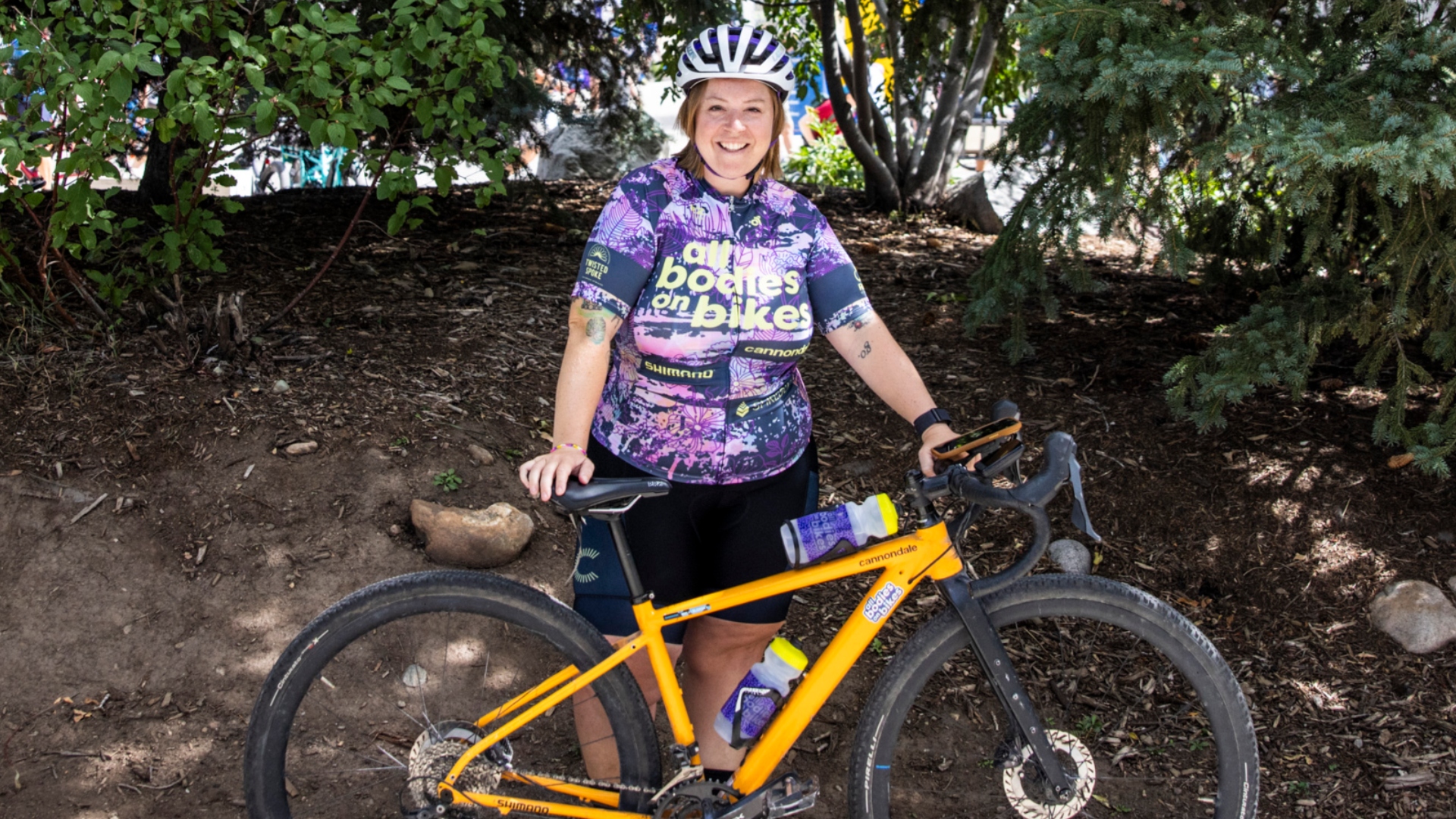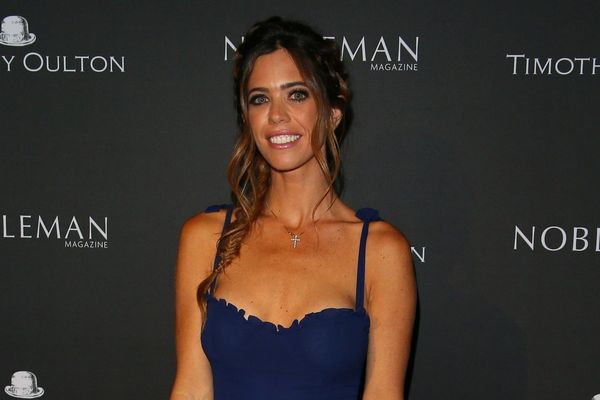
When I meet someone new, the topic of work inevitably comes up. For four years, I’ve struggled to answer the simple question, “What do you do?”— my reality is both complex and surreal, and some days, I can hardly believe it myself.
I’m a bike influencer. I’m also a writer, public speaker, community builder and the Executive Director of All Bodies on Bikes. But if I’m truly honest about it, most of my income comes from influencer-type work. This means leveraging my online presence and personal brand to promote products, services or experiences. It’s a hustle and genuinely a lot of work, but it can also be lucrative. Last year, I earned more than I did in my corporate career in sustainable logistics.
How I became an Influencer
When I got into cycling in 2014, social media was well-established, and I had nearly a decade of experience in documenting my life online and adding content about my new cycling obsession to my fledgling Instagram following made sense. I also wrote about my rides on my personal blog, sharing itineraries, gear lists and trip inspiration. I would document the challenges I encountered as a plus-size cyclist, particularly with finding clothing that fit and was suitable for the adventures I was going on.
My love of cycling quickly turned into an all-encompassing lifestyle. I commuted to and from work by bike, I penned articles for the Seattle Cycling Blog, presented a bikepacking adventure at a local bike storytelling night, became a regular on the local Thursday night social ride, and grew increasingly active in safer-streets advocacy work. I documented all of this on my social media, growing a following of fellow bike nerds and enthusiasts and, as strange as it sounds, I started to make a name for myself.
Throughout my cycling journey, including my social media presence, I have always been unapologetic about my body size. I live in a larger body and self-describe as a fat woman. I’ve also always been adamant that I don’t ride my bike to lose weight. This attitude resonated with a large audience – one that’s been underserved by and unrepresented in the bike industry for a long time.
In 2020, Shimano made a film about me and my friend, Kailey Kornhauser and the work we were starting to do around size inclusion in cycling. The documentary, All Bodies on Bikes, followed us on a 60-mile bikepacking trip through Oregon and dove directly into the realities of being a fat athlete. The film was met with wide acclaim, earning honours at multiple film festivals, including Filmed by Bike and a Vimeo Staff Pick Award.
After this film was released, my life changed in multiple ways. I had gained the ear of the bike industry and found myself in conversations with global brands, discussing the importance of size inclusion. These conversations led to personal sponsorships from brands like Cannondale, Shimano and Shredly, who remain my sponsors today.
My value to sponsors
With these sponsorships, I can technically call myself a professional cyclist—and occasionally, I do. But I'm not paid to stand on podiums (let’s be honest: unless they’re paying for last place, I wouldn’t have a shot). Instead, my value lies in the communities I build and cultivate, like The Wheels of Welcome program I created for Unbound Gravel, The Rad and Big Sugar Gravel.
I've worked hard to build partnerships that benefit both my audience and the brands I collaborate with. For me, promoting a product or brand isn’t just about a paycheck—it’s about authenticity. If I don’t genuinely enjoy using something or it doesn’t align with my values, I won’t endorse it. I’ve turned down numerous offers—including some baffling ones from brands that don’t even make my size. Transparency is equally non-negotiable: I’m meticulous about disclosing paid content, clearly labelling it so my audience always knows where I stand.
The details of each sponsorship differ from brand to brand but my income largely consists of:
- Representing brands as an ambassador and athlete by using and wearing their products in all of my bike events and receiving a quarterly paycheck for that work
- Creating specific social media content, like reels and stories, to specifically promote a product for a brand, paid by the piece of content
- Participating in activations, like bike rides or panels at bike events where fans get to interact directly with me
- Product collaborations, such as the Marley Capsule collection with Shredly, where I earn a percentage of sales
- Affiliate marketing: I earn a small commission from brands whenever one of my followers makes a purchase using a discount code or link I’ve provided them.
While my online presence continues to grow, with more than 41,300 followers at the time of writing this article, I’ll admit that I’m spending less time online these days. While I enjoy documenting my rides, sharing advice and fostering a community online, content creation and social media can sometimes feel like a grind. Between dealing with negative comments and deciphering the always-changing algorithm, content creation is definitely not for the faint of heart.
The true reward of my work
Luckily, my income is not exclusively tied to content creation. In fact, I spend most of my time working on the non-profit that was created after the film’s success. Officially incorporated as a non-profit in 2023, All Bodies on Bikes is working towards a more size-inclusive cycling world through advocacy, education and community. We currently have 14 chapters nationwide and a gravel team. We recently were awarded a grant that will allow me to be paid a salary for the first time in three years, alleviating a lot of financial stress.
The reality of being an influencer in 2025 is that you’re always hustling, looking for the next opportunity to earn money. In my world, that means I also co-host a podcast, write for this publication, give keynote talks and create social media content for brands.
As I think about my future goals, I’m not focused on typical influencer metrics like follower count or number of likes. Instead, I look to the broader picture: growing the All Bodies on Bikes movement, creating more inclusive cycling spaces and expanding my partnerships to further accessibility in cycling.







